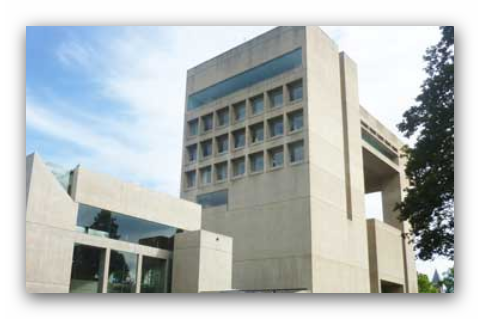Aug 27 2016 - Dec 18 2016
Ithaca, NY
Focusing on Japan’s place in major international exhibitions held in the Americas from 1876 onward, and finishing with a look at Japan’s first world’s fair held in Osaka in 1970, JapanAmerica explores the roles of art, design, and display in Japanese-American relations through a carefully selected group of objects, multimedia components, and original scholarship. Particularly important is the reexamination of the “Japan craze” itself, most often discussed in the context of decorative arts and interior decor. The duration of its popularity was surprisingly long-lived, attesting to the West’s thirst for novelty and its ability to adapt Japanese aesthetics to vastly different styles.
Japan longed to host an international exposition and first proposed a show in 1912 that was canceled due to the Emperor Meiji’s death. Plans for a Tokyo fair in 1940 became a casualty of their war with China. The rehabilitation of Japan in the community of Western nations after World War II is one of the most dramatic stories in the history of cultural diplomacy. Art played a crucial role, as an ambitious program of exhibitions and artist exchanges supported a new appreciation of modern Japanese culture rooted in a strong aesthetic tradition. By the 1970s, manga comics, a postwar innovation based on earlier Japanese art, were beginning to exercise a huge, and ongoing, effect. JapanAmerica ends with Expo ’70, held in Osaka, the culmination of Japan’s long-held national dream to host an international exposition on their home soil.
This exhibition draws from major public and private collections around the country with examples in all media chosen to explicate this close association between Japanese art and work produced in the United States between 1876 and 1970, including paintings, prints, decorative arts, and sculpture.
Credit: Exhibition overview from museum website.
Exhibition Venues & Dates
Aug 27 2016 - Dec 18 2016
Ithaca, NY
